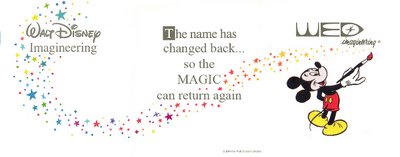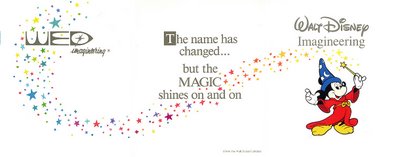When I was there, the expense per figure was so high that you could not afford them and in the end, were they that convincing? Could you afford enough moves to make it do what it needed to do? Video solutions (Pepper's ghost, video on scrim, shadow projections, etc) provide movement that is more realistic and more often lives up to expectation. The over use of this (or too literal application of it's use) runs the risk of the guest becoming aware of the video and then you ARE just watching a movie! So balance is needed in all of this. Indy had lots of figures but the cost was through the roof, so post budget, we ended up with a few select figures of just Indy and some AA Snakes, with other effects and the vehicle being a big part of the show, etc. I think the great shows work the best with all of it in small doses, not just the pervasive use of one medium. TDL Pooh was all of it in small doses to keep you guessing. The vehicle did that too to a degree. The AA being the weakest of them all in my opinion. Whatever is the best way to achieve the most convincing look.
Here's a 2 part review of HARRY POTTER Attraction at Universal where they discuss some new ways to achieve lifelike movement (in part 2).
http://thedisneyblog.com/2010/05/18...-potter-preview-for-pow-wow-attendees-part-1/


